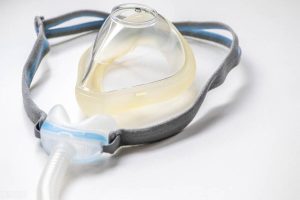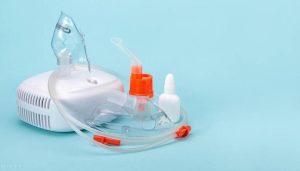Respiratory masks play an indispensable role in various medical contexts, especially in the realm of ventilation support systems. These masks are tasked with the crucial responsibility of facilitating the flow of oxygen to patients, making their hygiene an essential concern. In this article, we will delve into the necessity of disinfecting respiratory masks, as their cleanliness significantly impacts the health and well-being of patients.
The Vital Role of Respiratory Masks
Respiratory masks are integral components of ventilation systems, serving as the interface between the patient and the machine. They are designed to ensure the delivery of oxygen and the removal of carbon dioxide, vital processes for individuals with compromised respiratory function. However, in performing this role, these masks also become potential breeding grounds for harmful microorganisms, underscoring the need for proper disinfection protocols.

Why Disinfection Matters
Preventing Infections: Patients relying on respiratory masks are often in a weakened state, making them more susceptible to infections. An unclean mask can introduce harmful pathogens into their airways, leading to respiratory tract infections and other complications.
Maintenance of Equipment: Beyond patient safety, the cleanliness of respiratory masks also affects the longevity and functionality of the equipment. Residue buildup can impair mask performance, necessitating costly repairs or replacements.
Methods of Disinfection
Several methods can be employed to disinfect respiratory masks effectively:
1. Chemical Disinfection: This method involves using disinfectant solutions or wipes specifically designed for medical equipment. These solutions are effective at killing a broad spectrum of microorganisms. Proper technique and contact time are critical for success.
2. High-Temperature Disinfection: Some respiratory masks, especially those made from certain materials, can withstand high-temperature disinfection processes. Autoclaving or heat sterilization ensures the elimination of bacteria, viruses, and fungi. However, not all masks are compatible with this method.
3. Ultraviolet (UV) Disinfection: UV-C light has proven effective in disinfecting various medical equipment. UV-C devices are designed to kill or inactivate microorganisms by disrupting their DNA. This method offers a chemical-free and residue-free solution.
Frequency of Disinfection
The frequency of respiratory mask disinfection should align with the risk of contamination. For masks used on a daily basis, daily disinfection is recommended. However, masks used less frequently may require less frequent disinfection. It is crucial to follow manufacturer guidelines and institutional protocols.

the hygiene of respiratory masks is paramount to patient safety and the effectiveness of ventilation support systems. Regular and appropriate disinfection measures are essential to prevent infections, maintain equipment, and ensure the well-being of patients. Healthcare providers must prioritize the cleanliness of respiratory masks as part of their commitment to delivering high-quality care.